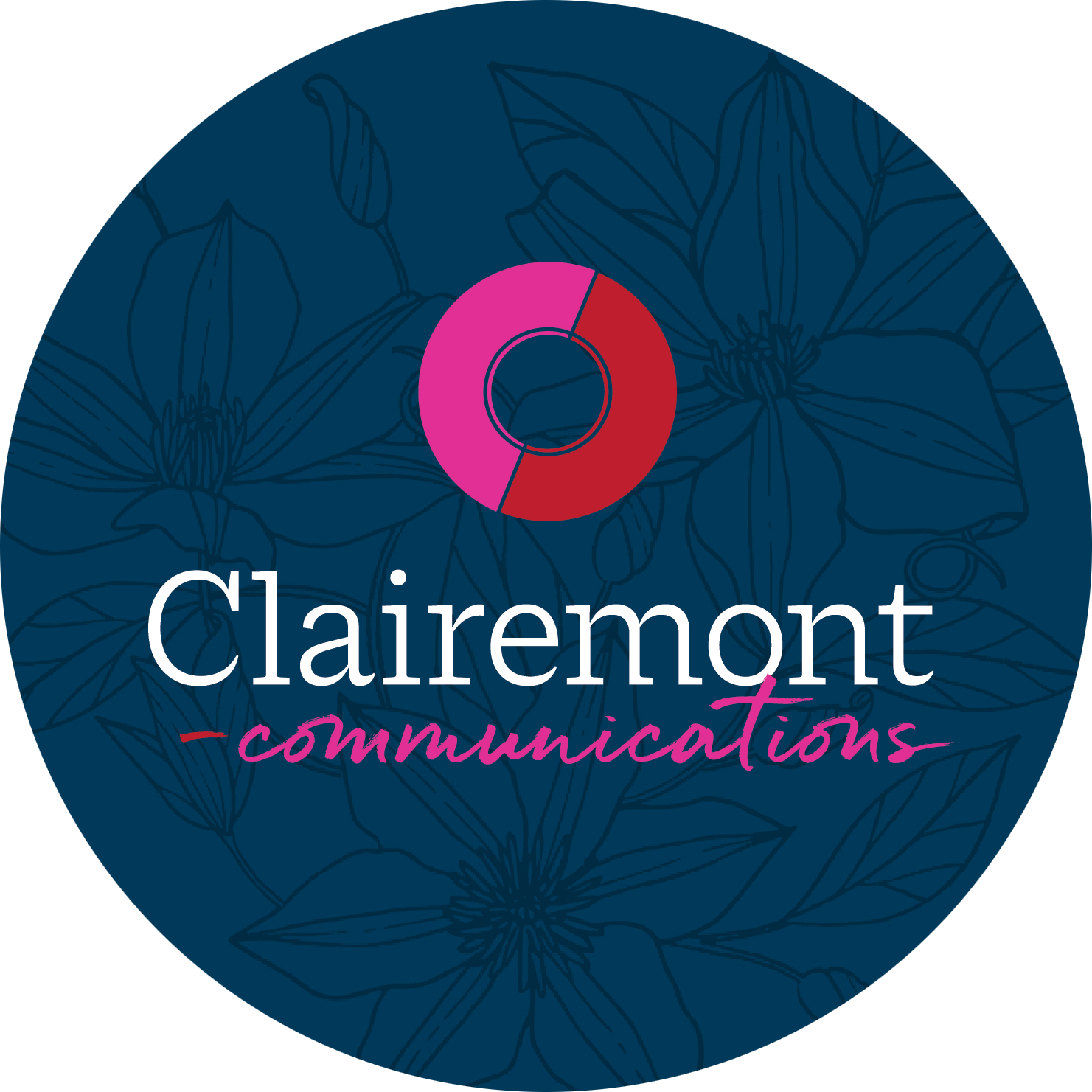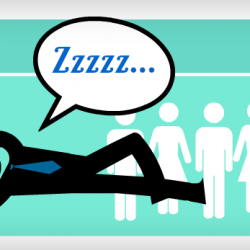Intern Stephanie Zirker shares the marketing prescription to combat society’s visual fatigue.
As a society, we’re flooded, and it’s tiring us out. Our culture is awash with visual imagery: infographics that appeal to our inner statistician, artistic logos plastered across every gadget and live snapchats and Instagram feeds that vie for our short attention spans. The very act of filtering rampant stimulation exhausts the human brain, leading to a condition known as “visual fatigue.”
Mayer’s Five Keys
Richard Mayer, American educational psychologist at the University of California Santa Barbara, published an extensive study on how the human brain processes visual traffic. He narrowed the essential principles for effective visual communication to five core precepts: continuity, coherence, signaling and segmenting.
Aesthetically engaging objects incorporate both words and images, a quality known as continuity. Effective imagery also streamlines information and demonstrates coherency, ensuring that the text coincides with the graphics. Signaling relates to the importance of connecting all the crucial points to form one comprehensive argument. Lastly, visual division of the content helps to narrow the viewer’s focus.
Mayer’s findings are calculated and constructive. However, there is one component not mentioned that warrants greater attention: the human component.
The Sixth Key
Last semester while studying in Florence, Italy, I was struck by (wait for it!) the city’s street signs. Yes! I said street signs! Some clever individual or company would replace the otherwise mundane traffic indicators with humorous – and sometimes edgy – cartoon versions. Following the discovery of these little gems, every stroll morphed into a scavenger hunt to document all of the creative signs I could find.
Never have I been more intrigued by road signs in my life. The signs sparked frequent conversation among students and even earned their own Facebook photo album. Why so much attention? Because they made me laugh.
Go on. Laugh a Little.
People’s strongest memories recall moments that made them laugh, cry or even blush. While visual communication in the professional world should never aim embarrass or sadden to win favor of viewers, emotions leave impressions. Videos that go viral or photos that attract thousands of Facebook likes more often than not incite some chuckles.
Remember Psy’s “Gangnam Style” (2,055,146,326 views) or “Charlie Bit My Finger” (749,153,849 views)? And of course, who can forget Saturday Night Live’s Blue Oyster Cult parody, “More Cowbell”? As Christopher Walken so famously said in that skit, “I’ve got a fever, and the only prescription is more cowbell!” America collectively memorialized that performance and still incorporates it into our daily culture.
Humor isn’t the magic bullet, but effective communication requires careful balance of Mayer’s four principles…and a little tickling of the funny bone.




